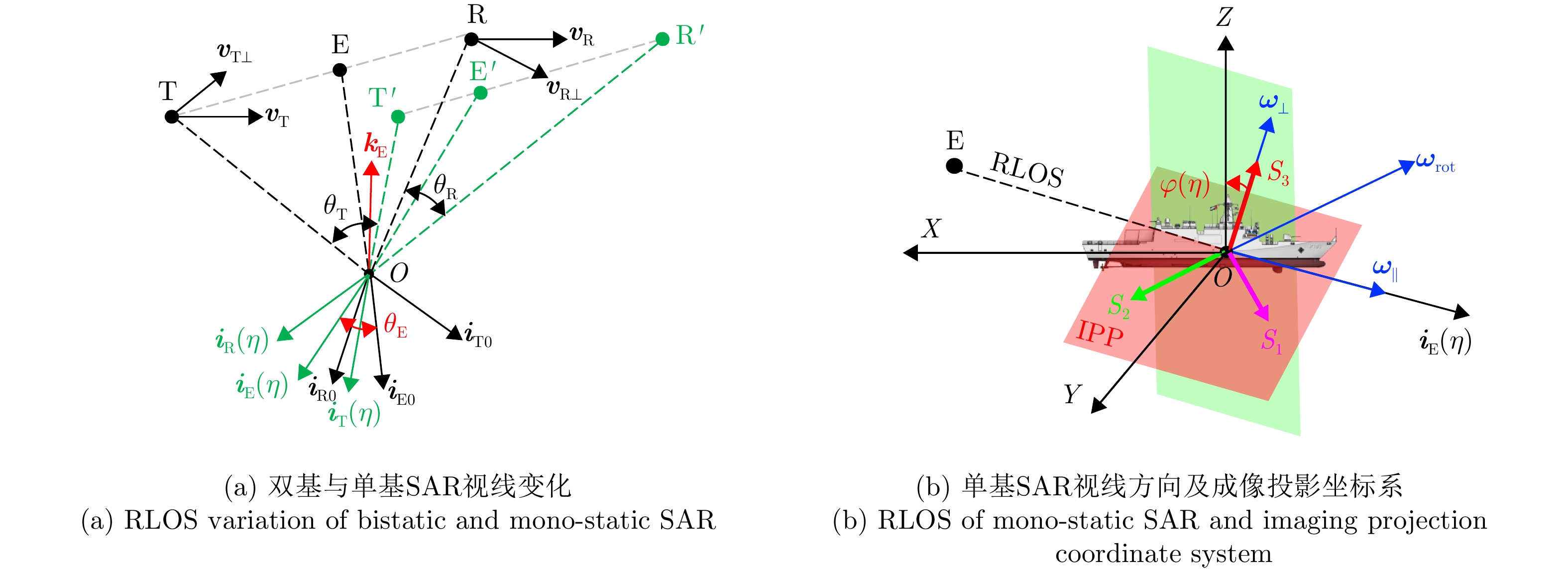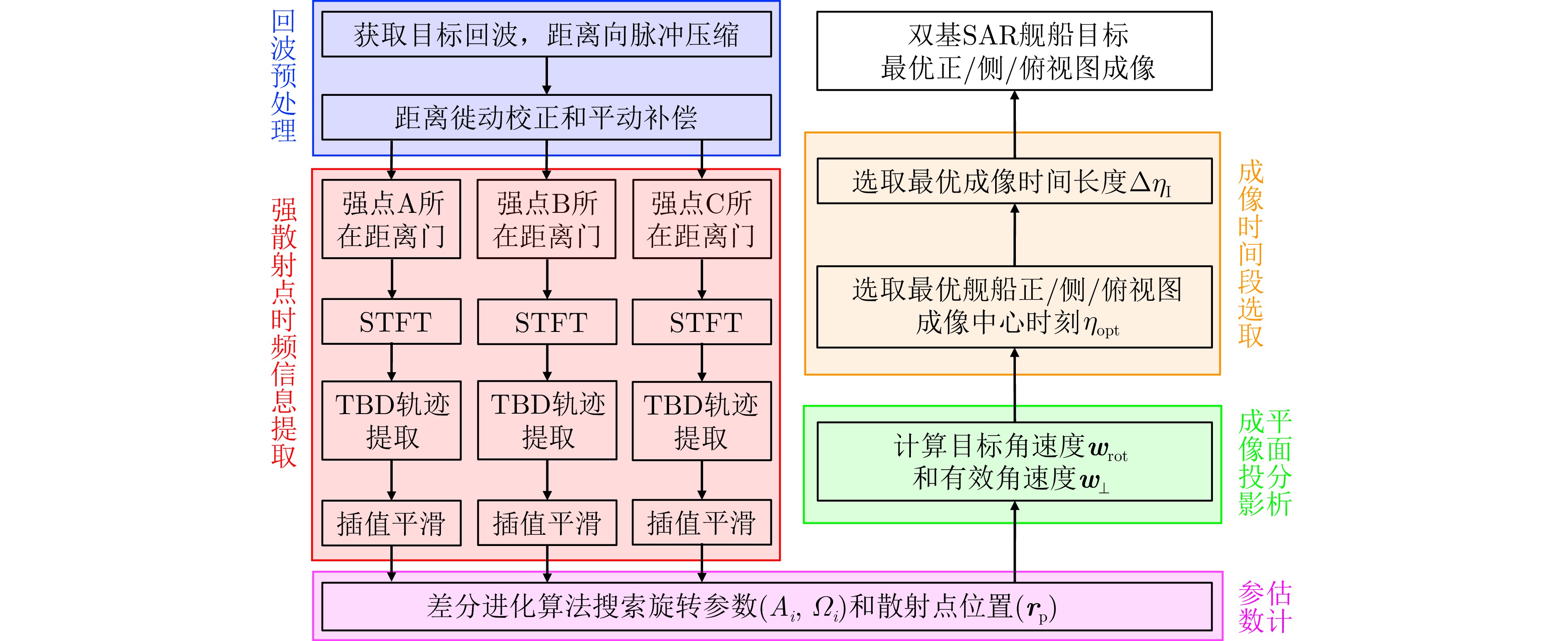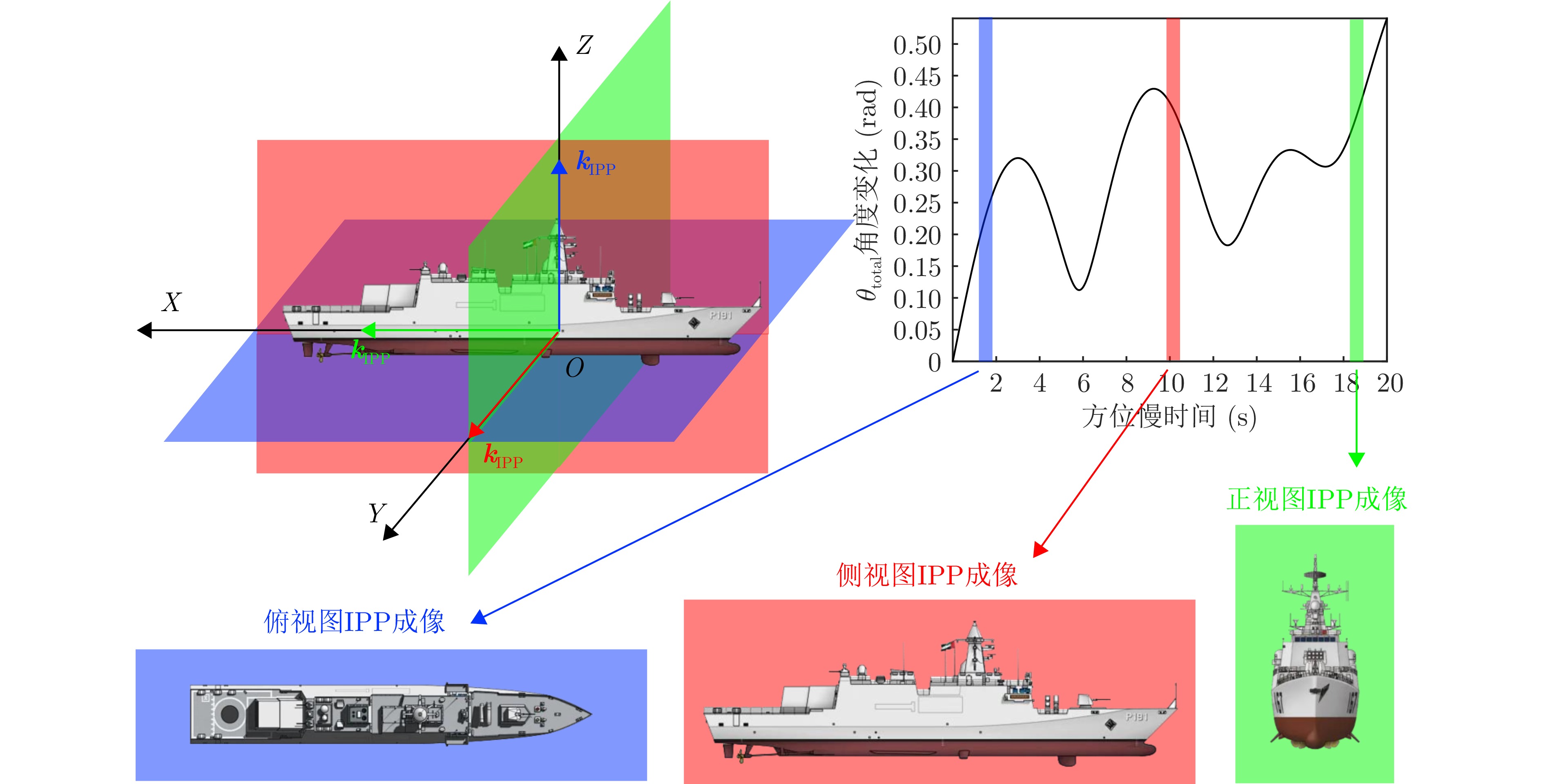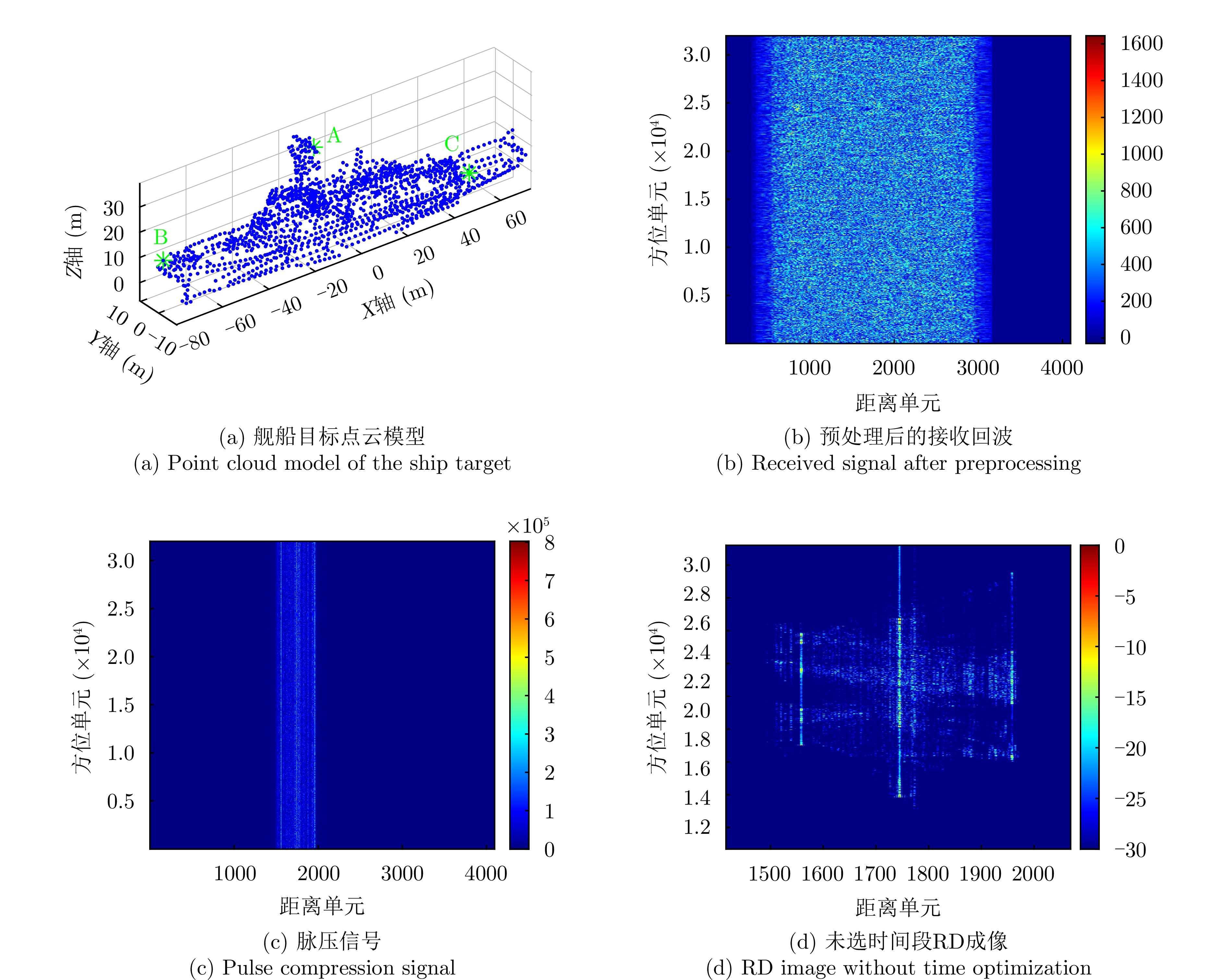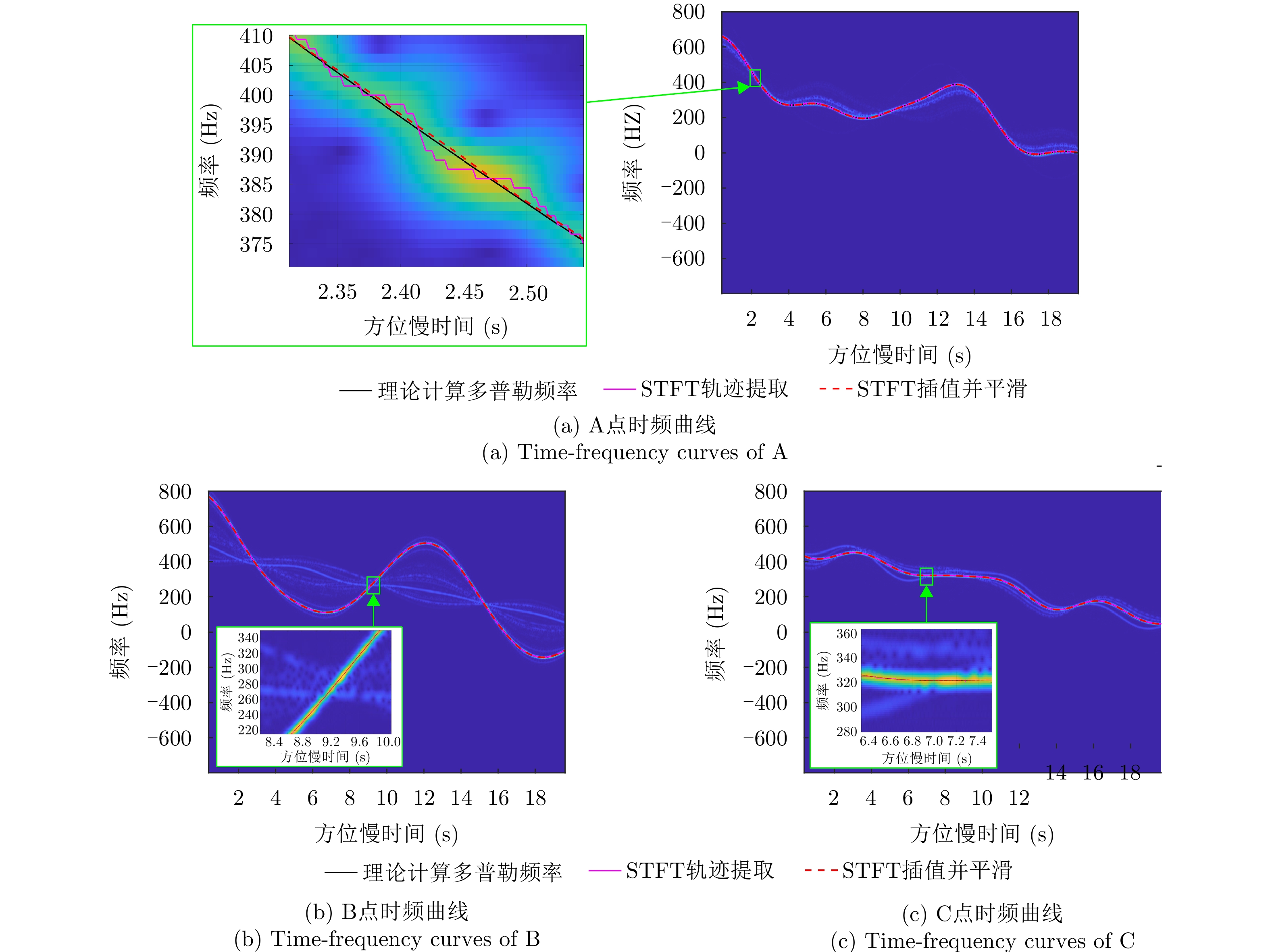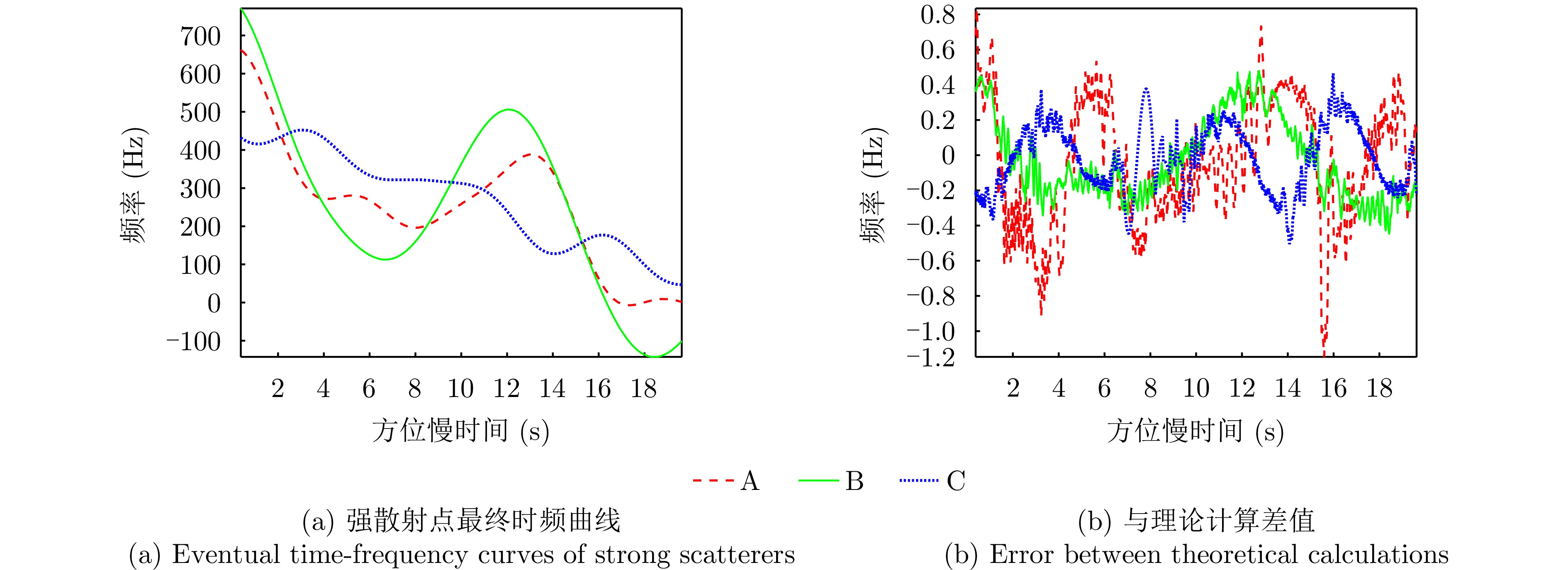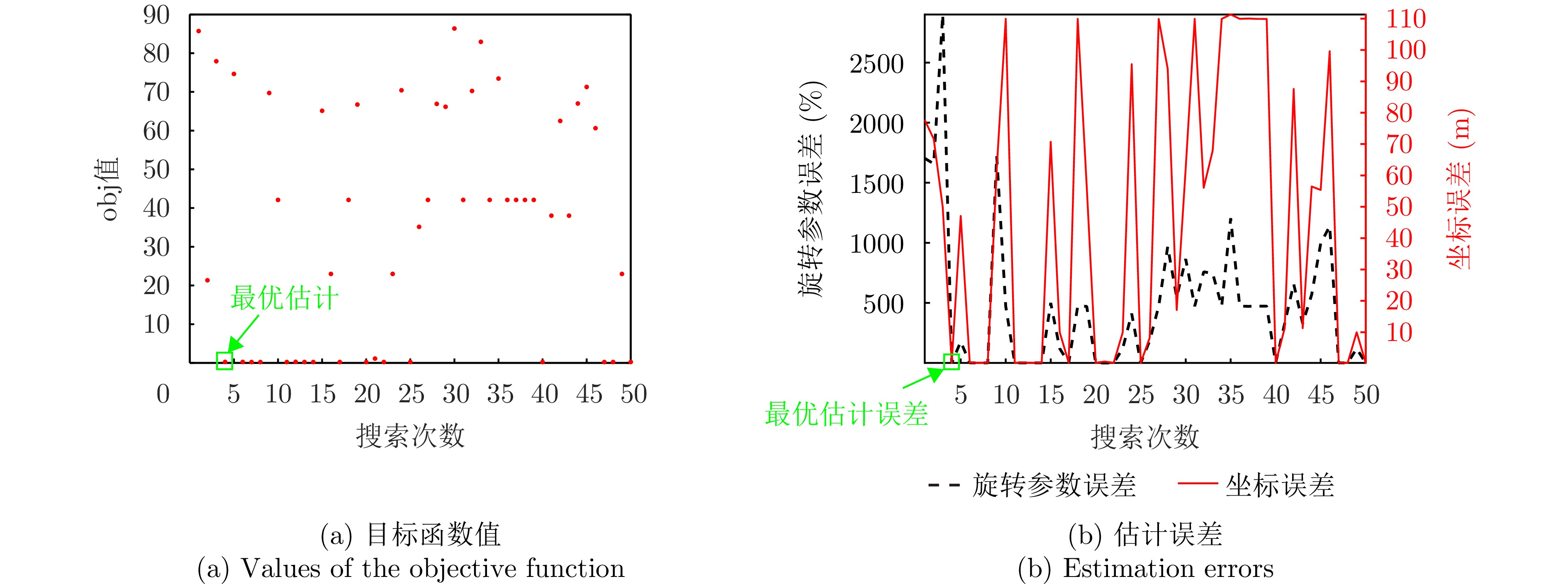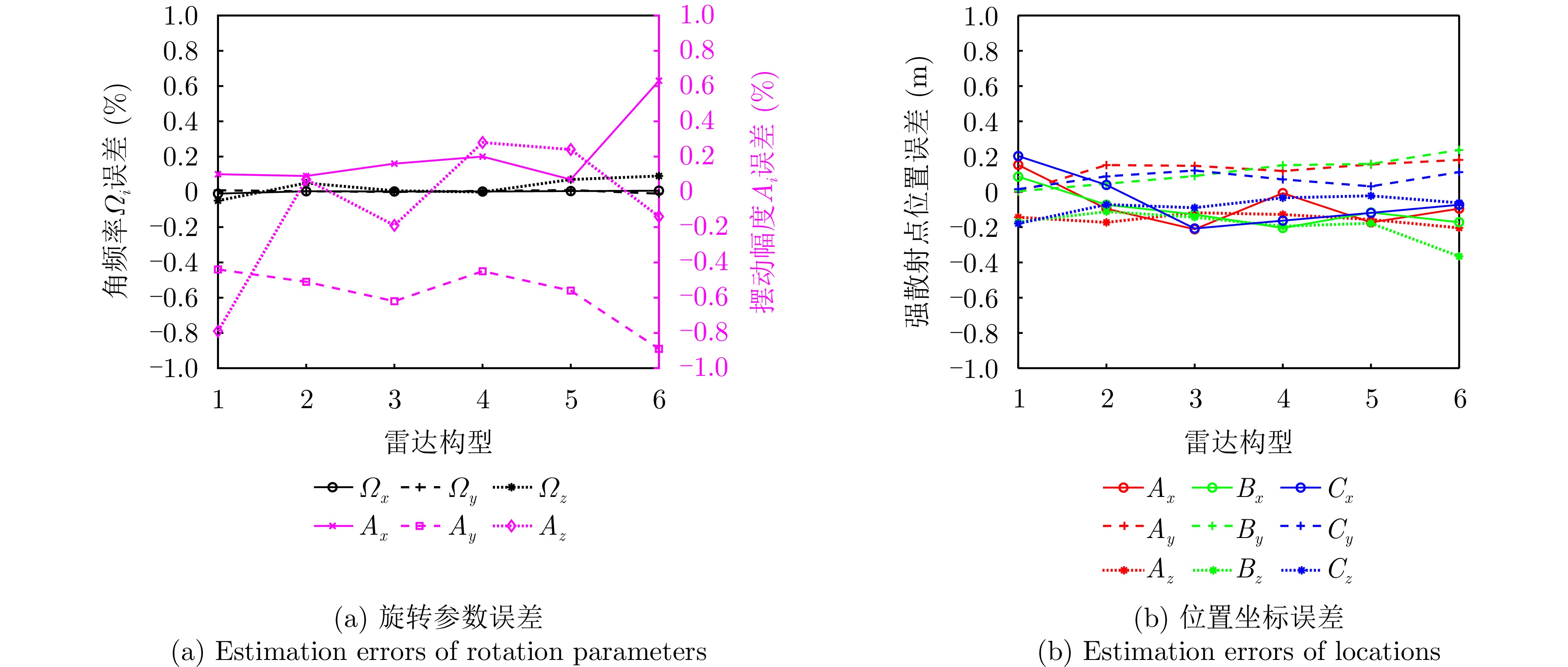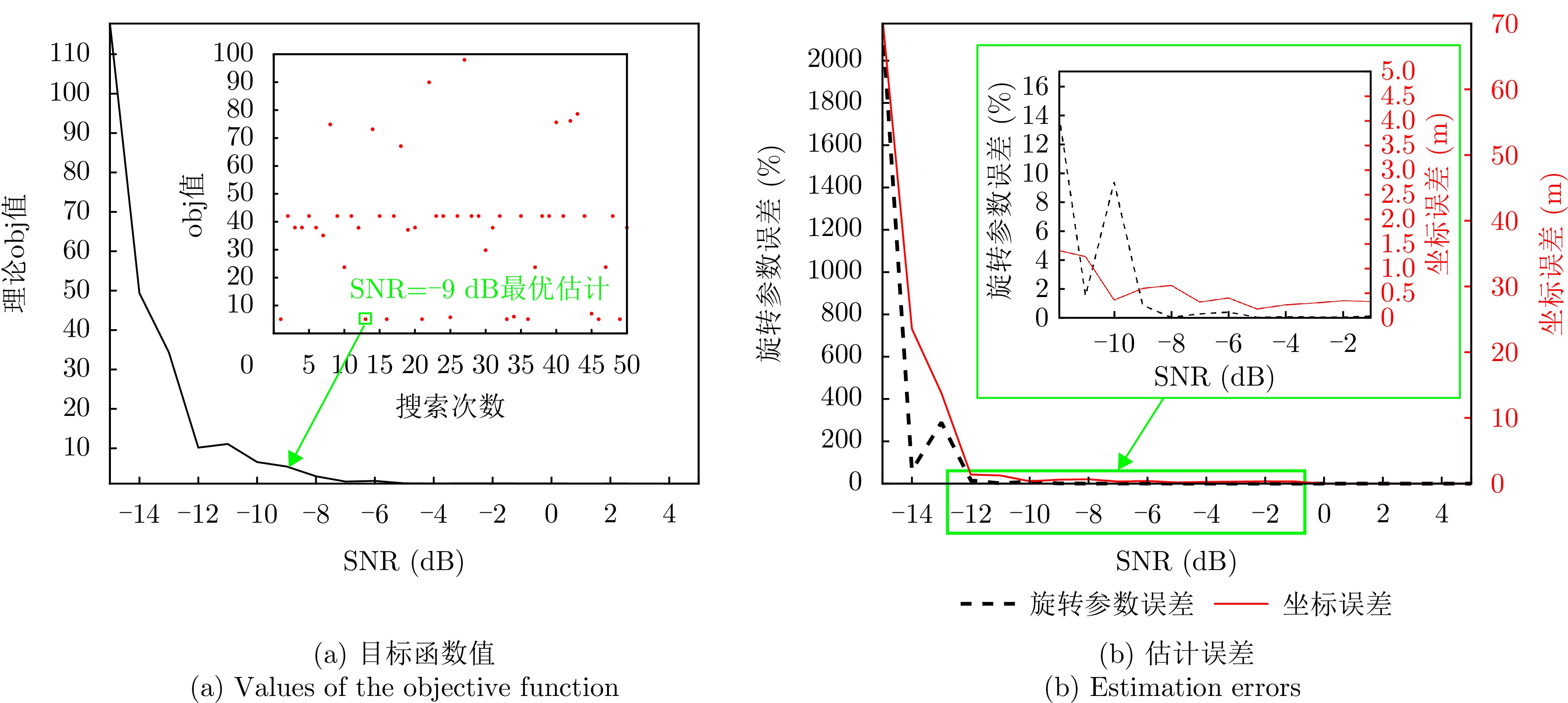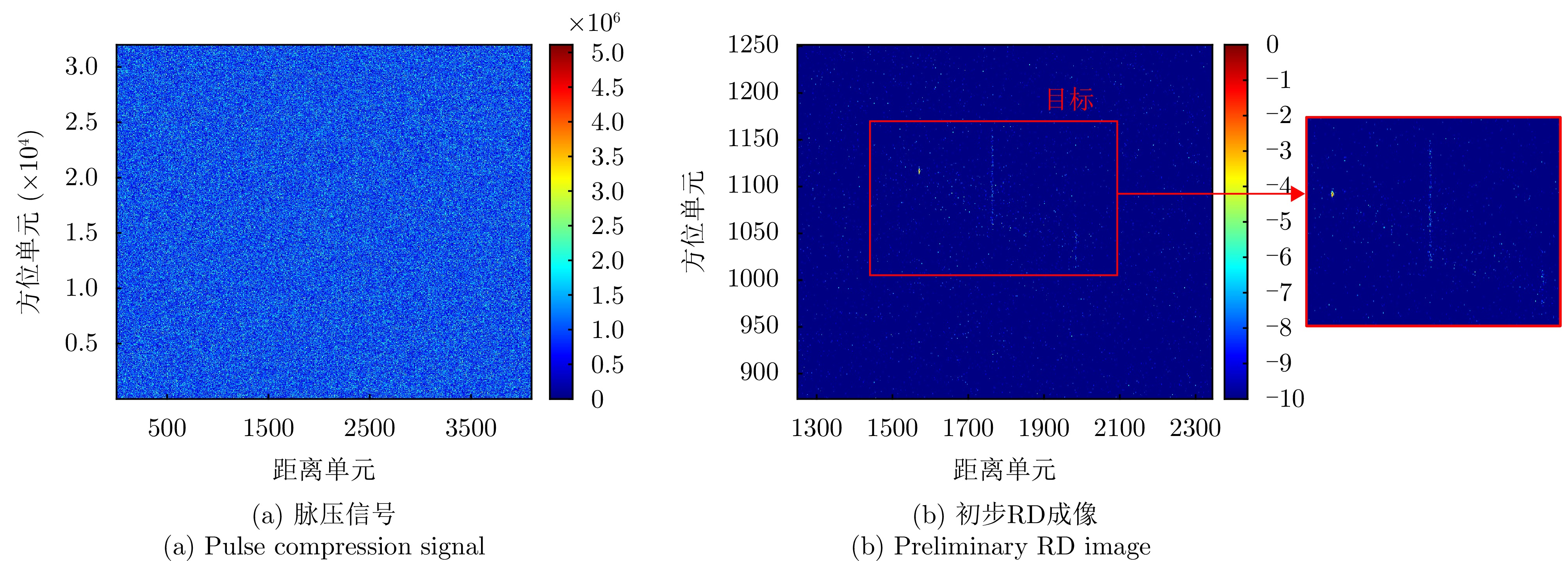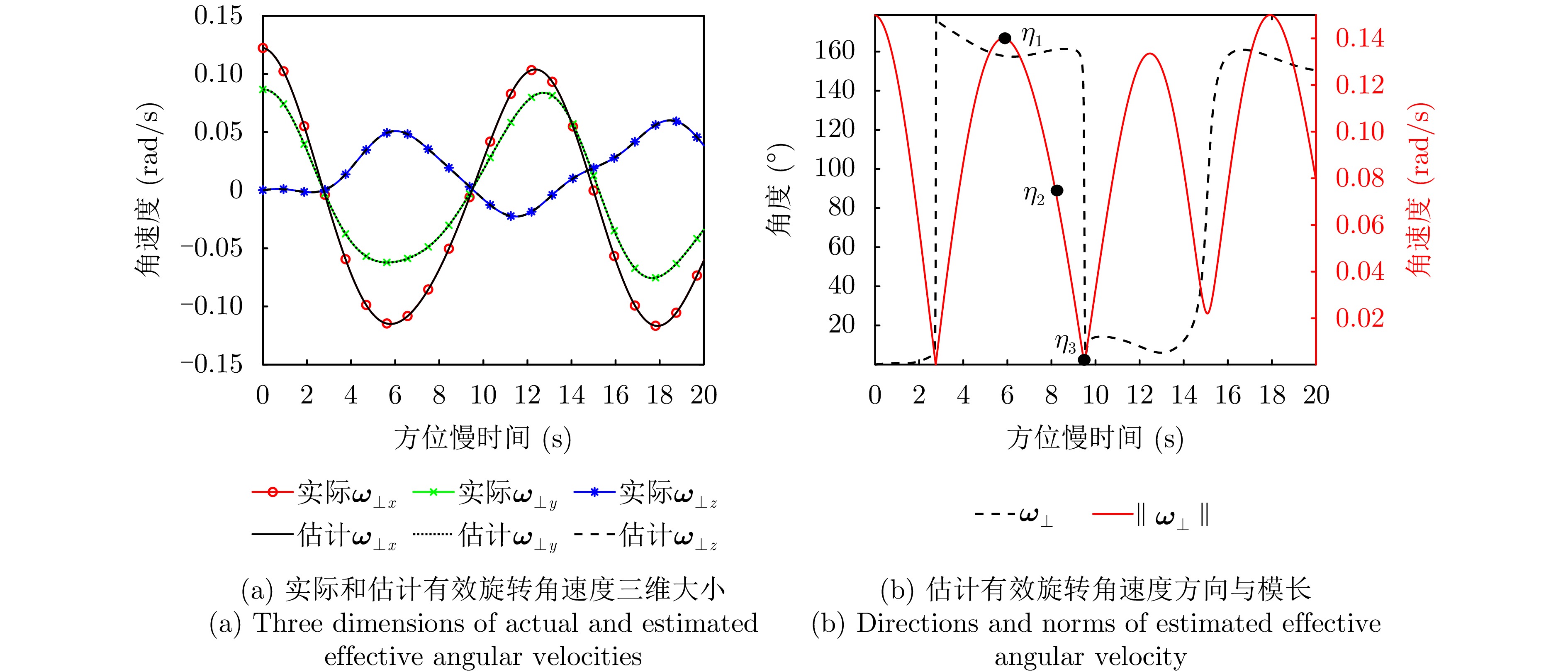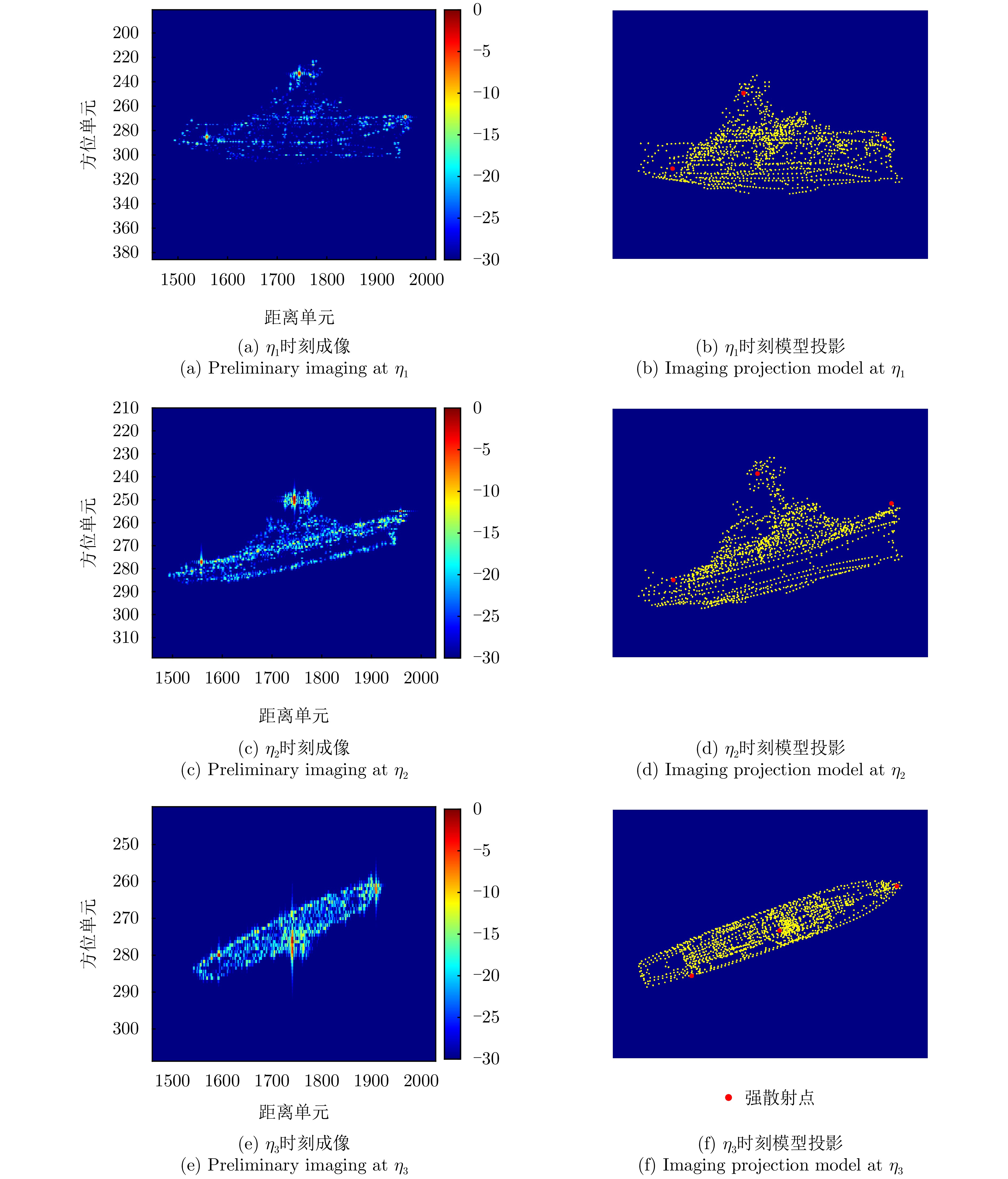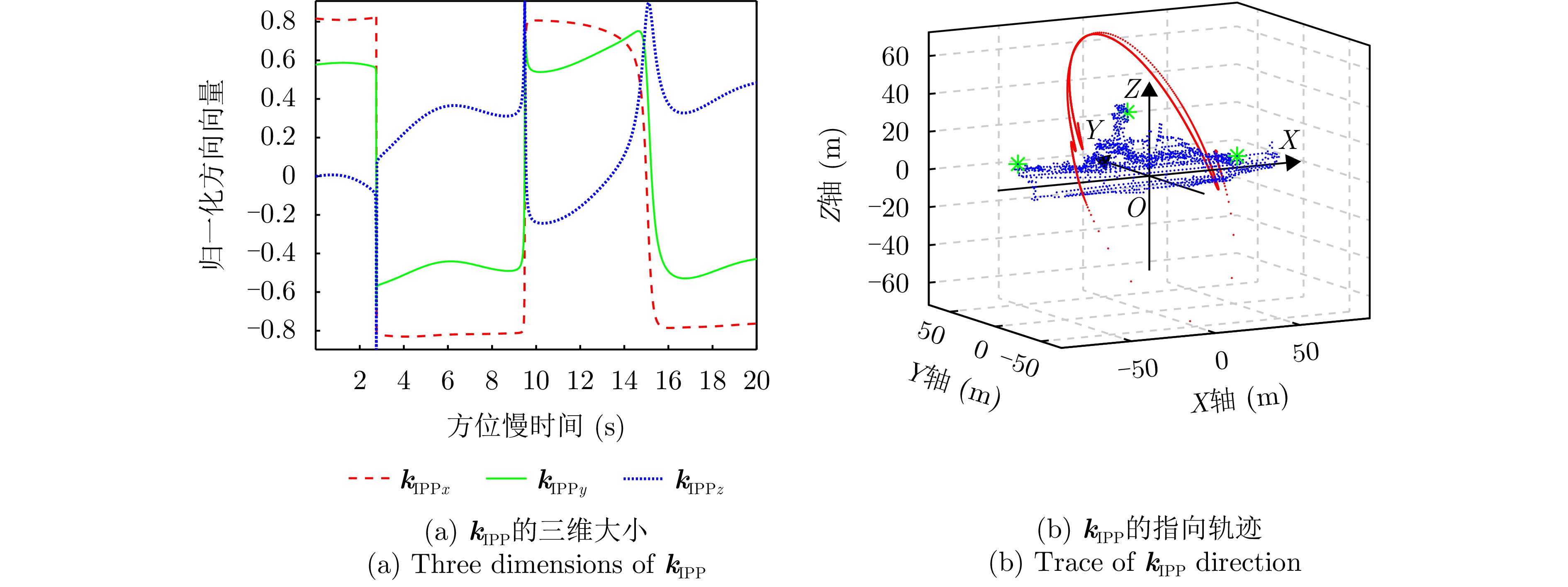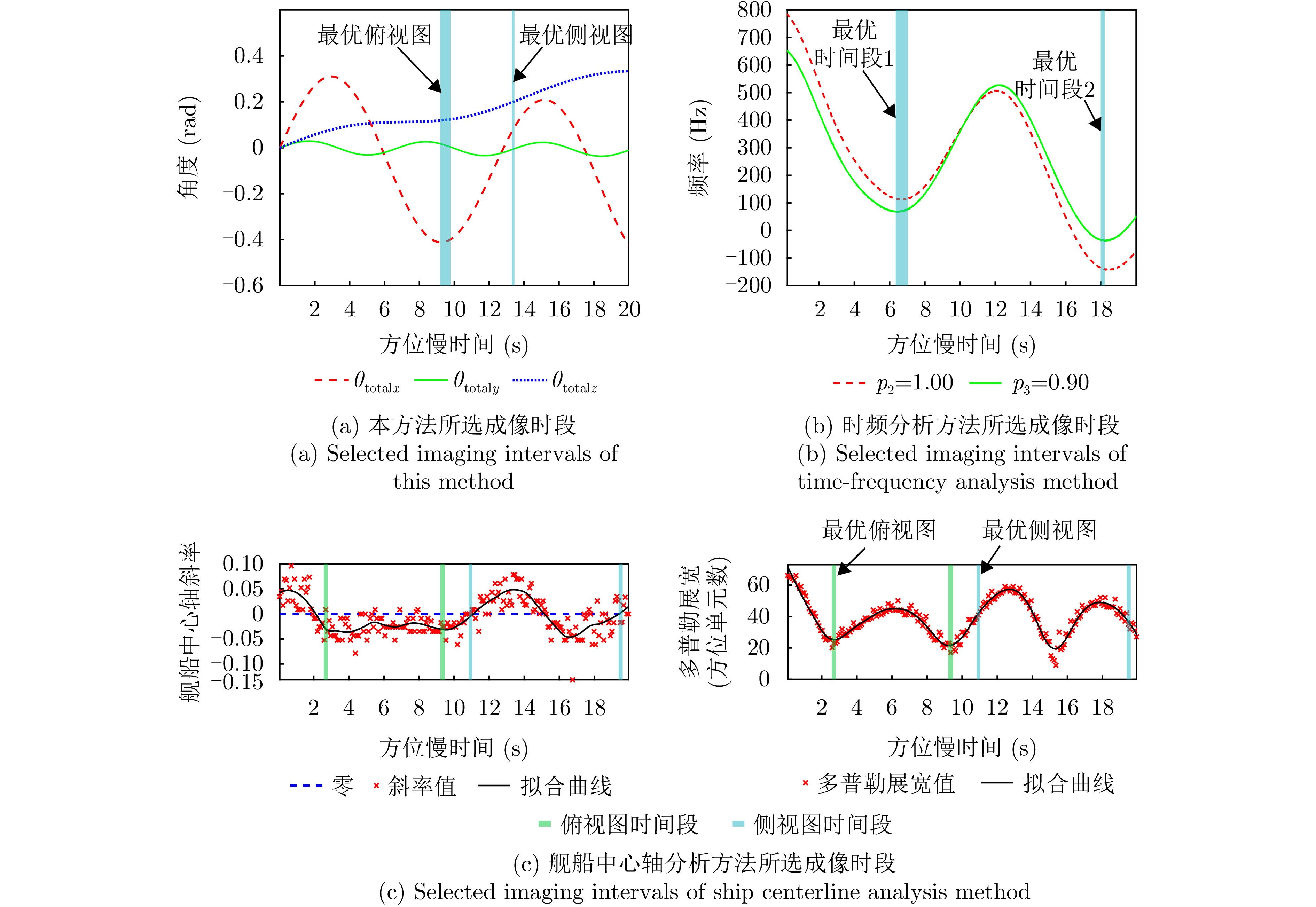| [1] |
BROWN W M and PORCELLO L J. An introduction to synthetic-aperture radar[J]. IEEE Spectrum, 1969, 6(9): 52–62. doi: 10.1109/MSPEC.1969.5213674. |
| [2] |
LI Zhongyu, HUANG Chuan, SUN Zhichao, et al. BeiDou-based passive multistatic radar maritime moving target detection technique via space-time hybrid integration processing[J]. IEEE Transactions on Geoscience and Remote Sensing, 2022, 60: 5802313. doi: 10.1109/TGRS.2021.3128650. |
| [3] |
YANG Qing, LI Zhongyu, LI Junao, et al. A novel bistatic SAR maritime ship target imaging algorithm based on cubic phase time-scaled transformation[J]. Remote Sensing, 2023, 15(5): 1330. doi: 10.3390/rs15051330. |
| [4] |
武俊杰, 孙稚超, 吕争, 等. 星源照射双/多基地SAR成像[J]. 雷达学报, 2023, 12(1): 13–35. doi: 10.12000/JR22213. WU Junjie, SUN Zhichao, LV Zheng, et al. Bi/multi-static synthetic aperture radar using spaceborne illuminator[J]. Journal of Radars, 2023, 12(1): 13–35. doi: 10.12000/JR22213. |
| [5] |
WU Junjie, YANG Jianyu, HUANG Yulin, et al. Bistatic forward-looking SAR: Theory and challenges[C]. 2009 IEEE Radar Conference, Pasadena, USA, 2009: 1–4. doi: 10.1109/RADAR.2009.4976959. |
| [6] |
QIU Xiaolan, HU Donghui, and DING Chibiao. Some reflections on bistatic SAR of forward-looking configuration[J]. IEEE Geoscience and Remote Sensing Letters, 2008, 5(4): 735–739. doi: 10.1109/LGRS.2008.2004506. |
| [7] |
LI Zhongyu, YE Hongda, LIU Zhutian, et al. Bistatic SAR clutter-ridge matched STAP method for nonstationary clutter suppression[J]. IEEE Transactions on Geoscience and Remote Sensing, 2022, 60: 5216914. doi: 10.1109/TGRS.2021.3125043. |
| [8] |
WU Junjie, SUN Zhichao, YANG Jianyu, et al. Spaceborne airborne bistatic SAR using GF-3 illumination—technology and experiment[J]. Radar Science and Technology, 2021, 19(3): 241–247. doi: 10.3969/j.issn.1672-2337.2021.03.002. |
| [9] |
安洪阳, 孙稚超, 王朝栋, 等. GEO-LEO双基SAR序贯多帧-多通道联合重建无模糊成像方法[J]. 雷达学报, 2022, 11(3): 376–385. doi: 10.12000/JR21133. AN Hongyang, SUN Zhichao, WANG Chaodong, et al. Unambiguous imaging method for GEO-LEO bistatic SAR based on joint sequential multiframe and multichannel receiving recovery[J]. Journal of Radars, 2022, 11(3): 376–385. doi: 10.12000/JR21133. |
| [10] |
LI Junao, LI Zhongyu, YANG Qing, et al. Efficient matrix sparse recovery STAP method based on kronecker transform for BiSAR sea clutter suppression[J]. IEEE Transactions on Geoscience and Remote Sensing, 2024, 62: 5103218. doi: 10.1109/TGRS.2024.3362844. |
| [11] |
李中余, 皮浩卓, 李俊奥, 等. 双基SAR空时自适应ANM-ADMM-Net杂波抑制技术[J]. 雷达学报(中英文), 2025, 14(5): 1196–1214. doi: 10.12000/JR24032. LI Zhongyu, PI Haozhuo, LI Jun’ao, et al. Clutter suppression technology based space-time adaptive ANM-ADMM-Net for bistatic SAR[J]. Journal of Radars, 2025, 14(5): 1196–1214. doi: 10.12000/JR24032. |
| [12] |
DUAN Yu, YANG Qing, LI Zhongyu, et al. Optimal imaging time selection method based on short-time FrFT for bistatic radar ship target imaging[J]. Modern Radar, 2023, 45(1): 18–25. doi: 10.16592/j.cnki.1004-7859.2023.01.003. |
| [13] |
LI Zhongyu, ZHANG Xiaodong, YANG Qing, et al. Hybrid SAR-ISAR image formation via joint FrFT-WVD processing for BFSAR ship target high-resolution imaging[J]. IEEE Transactions on Geoscience and Remote Sensing, 2022, 60: 5215713. doi: 10.1109/TGRS.2021.3117280. |
| [14] |
LIU Peng and JIN Yaqiu. A study of ship rotation effects on SAR image[J]. IEEE Transactions on Geoscience and Remote Sensing, 2017, 55(6): 3132–3144. doi: 10.1109/TGRS.2017.2662038. |
| [15] |
LI Yachao, ZHOU Feng, XING Mengdao, et al. An effective method for ship Dechirp data imaging in helicopter SAR system[J]. Journal of Electronics & Information Technology, 2007, 29(8): 1794–1798. doi: 10.3724/SP.J.1146.2005.01535. |
| [16] |
WANG Yong, KANG Jian, and JIANG Yicheng. ISAR imaging of maneuvering target based on the local polynomial Wigner distribution and integrated high-order ambiguity function for cubic phase signal model[J]. IEEE Journal of Selected Topics in Applied Earth Observations and Remote Sensing, 2014, 7(7): 2971–2991. doi: 10.1109/JSTARS.2014.2301158. |
| [17] |
TONG Xuyao, BAO Min, SUN Guangcai, et al. Refocusing of moving ships in squint SAR images based on spectrum orthogonalization[J]. Remote Sensing, 2021, 13(14): 2807. doi: 10.3390/rs13142807. |
| [18] |
CHEN V C and QIAN Shi’e. Joint time-frequency transform for radar range-Doppler imaging[J]. IEEE Transactions on Aerospace and Electronic Systems, 1998, 34(2): 486–499. doi: 10.1109/7.670330. |
| [19] |
ZHOU Peng, ZHANG Xi, SUN Weifeng, et al. Time-frequency analysis-based time-windowing algorithm for the inverse synthetic aperture radar imaging of ships[J]. Journal of Applied Remote Sensing, 2018, 12(1): 015001. doi: 10.1117/1.JRS.12.015001. |
| [20] |
CAO Rui, WANG Yong, LIN Yanchao, et al. An efficient preprocessing approach for airborne hybrid SAR and ISAR imaging of ship target based on kernel distribution[J]. IEEE Journal of Selected Topics in Applied Earth Observations and Remote Sensing, 2022, 15: 5147–5162. doi: 10.1109/JSTARS.2022.3183196. |
| [21] |
PARK J H and MYUNG N H. Enhanced and efficient ISAR image focusing using the discrete Gabor representation in an oversampling scheme[J]. Progress in Electromagnetics Research, 2013, 138: 227–244. doi: 10.2528/PIER13022004. |
| [22] |
LI Ning, SHEN Qingyuan, WANG Ling, et al. Optimal time selection for ISAR imaging of ship targets based on time-frequency analysis of multiple scatterers[J]. IEEE Geoscience and Remote Sensing Letters, 2022, 19: 4017505. doi: 10.1109/LGRS.2021.3103915. |
| [23] |
PASTINA D, MONTANARI A, and APRILE A. Motion estimation and optimum time selection for ship ISAR imaging[C]. 2003 IEEE Radar Conference, Huntsville, USA, 2003: 7–14. doi: 10.1109/NRC.2003.1203371. |
| [24] |
WANG Ling, ZHU Zhaoda, and ZHU Daiyin. Interval selections for side-view or top-view imaging of ship targets with airborne ISAR[J]. Journal of Electronics & Information Technology, 2008, 30(12): 2835–2839. doi: 10.3724/SP.J.1146.2007.00919. |
| [25] |
|
| [26] |
CAO Rui, WANG Yong, ZHANG Yun, et al. Optimal time selection for ISAR imaging of ship target via novel approach of centerline extraction with RANSAC algorithm[J]. IEEE Journal of Selected Topics in Applied Earth Observations and Remote Sensing, 2022, 15: 9987–10005. doi: 10.1109/JSTARS.2022.3220496. |
| [27] |
SHAO Shuai, ZHANG Lei, and LIU Hongwei. An optimal imaging time interval selection technique for marine targets ISAR imaging based on sea dynamic prior information[J]. IEEE Sensors Journal, 2019, 19(13): 4940–4953. doi: 10.1109/JSEN.2019.2903399. |
| [28] |
CAO Rui, WANG Yong, and ZHANG Yun. Analysis of the imaging projection plane for ship target with spaceborne radar[J]. IEEE Transactions on Geoscience and Remote Sensing, 2022, 60: 5205021. doi: 10.1109/TGRS.2021.3068690. |
| [29] |
SU Fulin and YANG Hongxin. Optimum imaging time selection algorithm for inverse synthetic aperture radar images using geometric features and image gradient[J]. Journal of Applied Remote Sensing, 2016, 10(3): 035025. doi: 10.1117/1.JRS.10.035025. |
| [30] |
MARTORELLA M and BERIZZI F. Time windowing for highly focused ISAR image reconstruction[J]. IEEE Transactions on Aerospace and Electronic Systems, 2005, 41(3): 992–1007. doi: 10.1109/TAES.2005.1541444. |
| [31] |
BERIZZI F and DIANI M. ISAR imaging of rolling, pitching and yawing targets[C]. International Radar Conference, Beijing, China, 1996: 346–349. doi: 10.1109/ICR.1996.574458. |
| [32] |
YANG Jianyu. Bistatic synthetic aperture radar technology[J]. Journal of University of Electronic Science and Technology of China, 2016, 45(4): 482–501. doi: 10.3969/j.issn.1001-0548.2016.04.001. |
| [33] |
MARTORELLA M, PALMER J, HOMER J, et al. On bistatic inverse synthetic aperture radar[J]. IEEE Transactions on Aerospace and Electronic Systems, 2007, 43(3): 1125–1134. doi: 10.1109/TAES.2007.4383602. |
| [34] |
XIA Xianggen, WANG Genyuan, and CHEN V C. Quantitative SNR analysis for ISAR imaging using joint time-frequency analysis-short time Fourier transform[J]. IEEE Transactions on Aerospace and Electronic Systems, 2002, 38(2): 649–659. doi: 10.1109/TAES.2002.1008993. |
| [35] |
QIANG Yong, JIAO Licheng, and BAO Zheng. An effective track-before-detect algorithm for dim target detection[J]. Acta Electronica Sinica, 2003, 31(3): 440–443. doi: 10.3321/j.issn:0372-2112.2003.03.030. |
| [36] |
STORN R and PRICE K. Differential evolution—a simple and efficient heuristic for global optimization over continuous spaces[J]. Journal of Global Optimization, 1997, 11(4): 341–359. doi: 10.1023/A:1008202821328. |
| [37] |
DAS S and SUGANTHAN P N. Differential evolution: A survey of the state-of-the-art[J]. IEEE Transactions on Evolutionary Computation, 2011, 15(1): 4–31. doi: 10.1109/TEVC.2010.2059031. |
| [38] |
ESTEVEZ P A, TESMER M, PEREZ C A, et al. Normalized mutual information feature selection[J]. IEEE Transactions on Neural Networks, 2009, 20(2): 189–201. doi: 10.1109/TNN.2008.2005601. |
| [39] |
杨建宇. 双基合成孔径雷达[M]. 北京: 国防工业出版社, 2017: 65–66.
YANG Jianyu. Bistatic Synthetic Aperture Radar[M]. Beijing: National Defense Industry Press, 2017: 65–66.
|
| [40] |
WAHL D E, EICHEL P H, GHIGLIA D C, et al. Phase gradient autofocus-a robust tool for high resolution SAR phase correction[J]. IEEE Transactions on Aerospace and Electronic Systems, 1994, 30(3): 827–835. doi: 10.1109/7.303752. |
| [41] |
DUAN Yu, WANG Yahui, ZHOU Zhuo, et al. Joint optimal selection of imaging time interval and imaging projection plane based on short-times fraction Fourier transform for bistatic SAR maritime ship target imaging[C]. 2023 IEEE International Geoscience and Remote Sensing Symposium, Pasadena, USA, 2023: 8130–8133. doi: 10.1109/IGARSS52108.2023.10283218. |
| [42] |
CAO Rui, WANG Yong, YEH C, et al. A novel optimal time window determination approach for ISAR imaging of ship targets[J]. IEEE Journal of Selected Topics in Applied Earth Observations and Remote Sensing, 2022, 15: 3475–3503. doi: 10.1109/JSTARS.2022.3161204. |




 Submit Manuscript
Submit Manuscript Peer Review
Peer Review Editor Work
Editor Work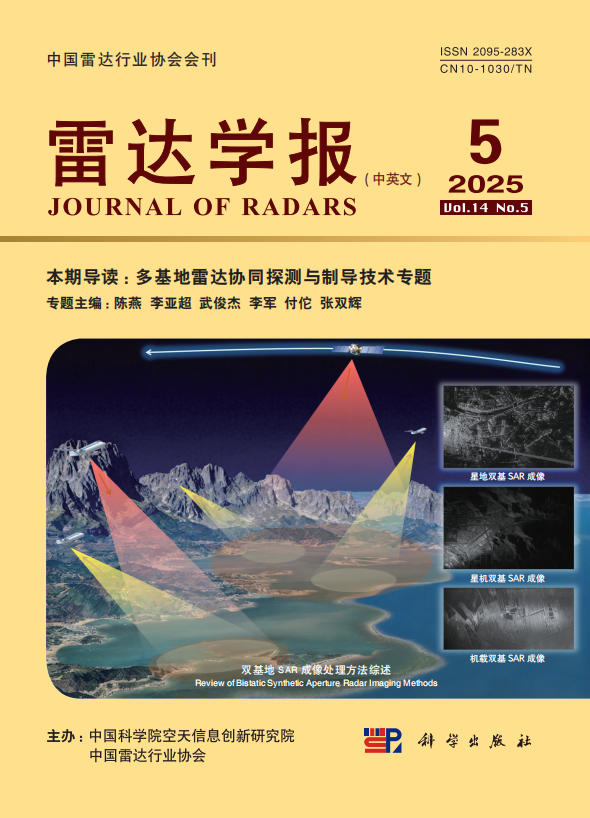





 DownLoad:
DownLoad:
